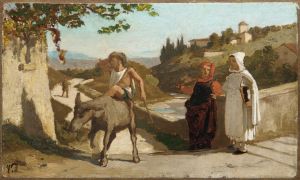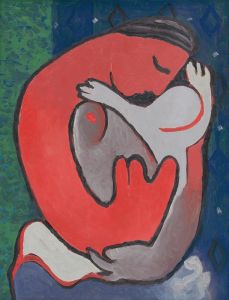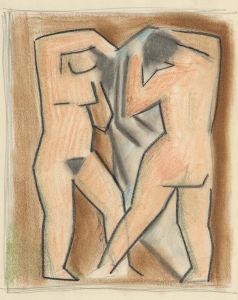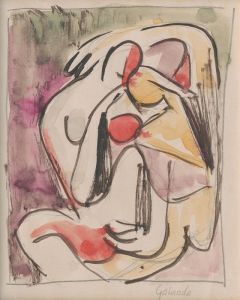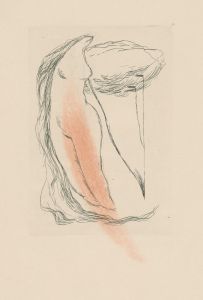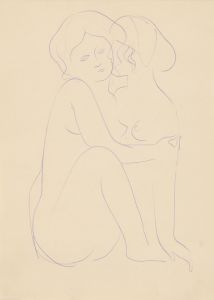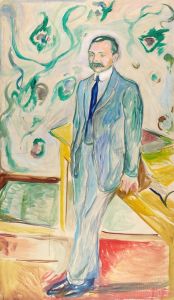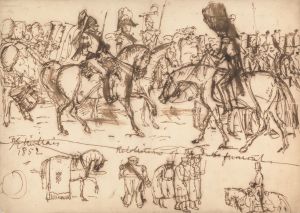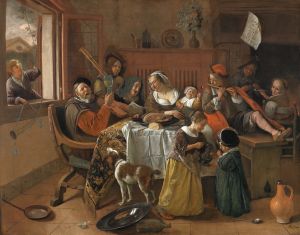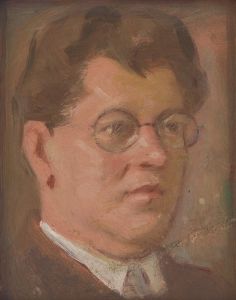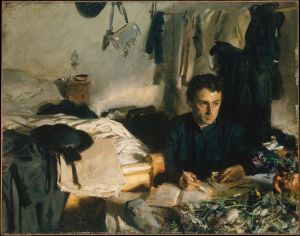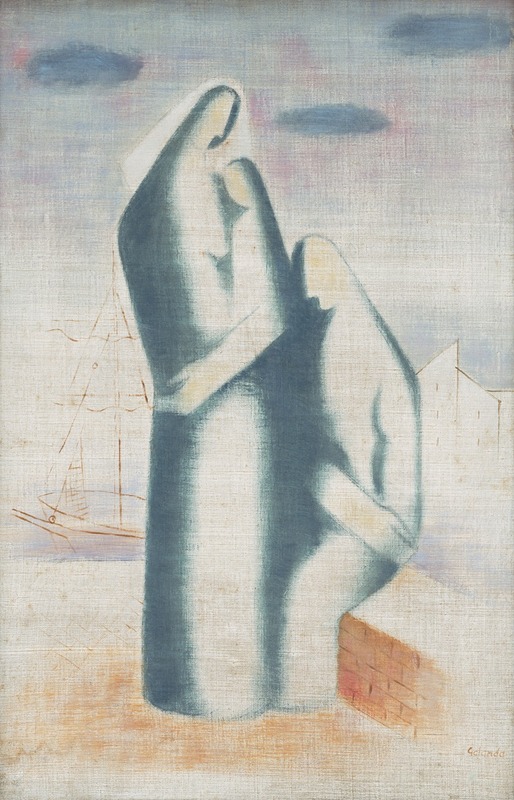
Poor Family
A hand-painted replica of Mikuláš Galanda’s masterpiece Poor Family, meticulously crafted by professional artists to capture the true essence of the original. Each piece is created with museum-quality canvas and rare mineral pigments, carefully painted by experienced artists with delicate brushstrokes and rich, layered colors to perfectly recreate the texture of the original artwork. Unlike machine-printed reproductions, this hand-painted version brings the painting to life, infused with the artist’s emotions and skill in every stroke. Whether for personal collection or home decoration, it instantly elevates the artistic atmosphere of any space.
Mikuláš Galanda was a prominent Slovak painter, graphic artist, and illustrator, recognized as one of the leading figures of Slovak modern art in the early 20th century. His work is noted for its contribution to the development of modern art in Slovakia, blending elements of traditional Slovak folk art with modernist styles. One of his notable works is "Poor Family," which reflects his unique artistic style and thematic focus.
"Poor Family" is a painting that exemplifies Galanda's interest in social themes and his empathy towards the struggles of ordinary people. The painting portrays a family in a moment of hardship, capturing the emotional depth and complexity of their situation. Galanda's use of color, form, and composition in this work is indicative of his modernist approach, which often incorporated elements of Cubism and Expressionism. The figures in the painting are depicted with a sense of realism that conveys their vulnerability and resilience.
Galanda's style is characterized by a simplification of forms and a focus on the emotional and psychological aspects of his subjects. In "Poor Family," this is evident in the way he captures the expressions and postures of the family members, conveying a narrative of struggle and endurance. The painting's composition is carefully structured to draw the viewer's attention to the central figures, while the background elements are minimized to emphasize the emotional impact of the scene.
The thematic focus of "Poor Family" aligns with Galanda's broader artistic concerns, which often included social issues and the human condition. His work frequently addressed themes of poverty, social inequality, and the challenges faced by ordinary people. This focus on social realism was a significant aspect of his contribution to Slovak art, as he sought to reflect the realities of life in Slovakia during a time of significant social and political change.
Galanda was part of the "Generation of 1909," a group of Slovak artists who were instrumental in introducing modernist ideas to Slovak art. This group was known for its efforts to break away from traditional academic art and explore new artistic expressions. Galanda's work, including "Poor Family," played a crucial role in this movement, helping to establish a modern Slovak artistic identity.
Throughout his career, Galanda was also involved in graphic design and illustration, contributing to various publications and artistic journals. His work in these fields further demonstrated his versatility and commitment to advancing modern art in Slovakia. Despite facing challenges during his lifetime, including political and economic difficulties, Galanda remained dedicated to his artistic vision and continued to produce work that resonated with the social and cultural issues of his time.
"Poor Family" remains an important piece within Galanda's oeuvre, reflecting both his artistic skill and his deep concern for the human condition. It stands as a testament to his ability to convey complex emotions and social realities through his art, and it continues to be appreciated for its artistic and historical significance in the context of Slovak modern art.





